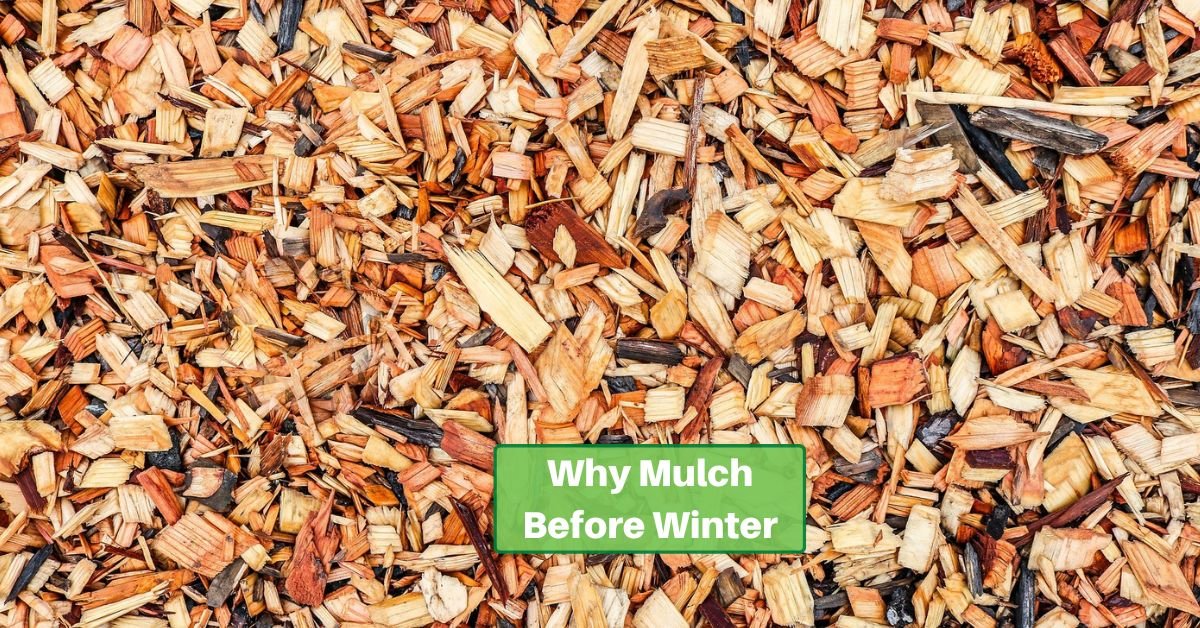As winter approaches, gardeners often overlook a crucial aspect of plant care: winter mulching. Much like a thermal blanket, mulch serves as a protective layer for gardens during the colder months. In this article, we’ll delve into the significance of winter mulching and its benefits for maintaining a healthy garden.
Understanding Mulch and Its Types
Mulch is a protective covering laid over the soil, available in organic forms (like wood chips, straw, or leaves) and inorganic forms (such as plastic). Organic mulches benefit soil health as they decompose, whereas inorganic mulches are more durable and low-maintenance.
Benefits of Winter Mulching
The primary function of winter mulching is to insulate the soil, maintaining a more stable temperature. This is crucial, as fluctuating temperatures can damage plant roots. Mulch conserves soil moisture, mitigates erosion during inclement weather, and suppresses the emergence of winter weeds.
Additionally, mulch reduces soil heaving, a phenomenon where soil expands and contracts, disturbing the root systems of perennials. Mulch also fosters a habitat for beneficial soil organisms and insects, vital for ecosystem health. These organisms play a crucial role in nutrient cycling and soil aeration, which enhances the garden’s vitality for the spring.
Application Techniques
The timing of mulch application is critical. Ideally, it should be applied in late fall, after the soil has cooled but before it freezes. A 2-4 inch layer is recommended to not smother the plants. However, different plants have varying mulching needs, so it’s wise to do some research beforehand.
Common Mistakes to Avoid
Common pitfalls in winter mulching include over-mulching, leading to excessive moisture retention and potential root rot. It’s also important to avoid piling mulch against plant stems or tree trunks, as it can cause decay and attract pests. Using inappropriate mulch material can also be detrimental; for instance, certain leaves used in mulching may compact and prevent air and water penetration.
It’s equally important not to mulch prematurely. Applying mulch before the soil cools can attract rodents seeking warmth, damaging plants.
Preparing for Spring
As winter wanes, it’s necessary to adjust the mulching strategy. Removing some mulch can expedite soil warming and prepare the garden for spring growth. This period also offers an opportunity to assess the garden’s condition and plan for the upcoming growing season.
Winter mulching is an integral practice for garden sustainability. Beyond just covering the soil, it’s about nurturing and safeguarding plant life. Proper mulching techniques and avoiding common errors pave the way for a flourishing garden in spring. Thus, effective winter mulching is a testament to thoughtful and proactive garden care.









